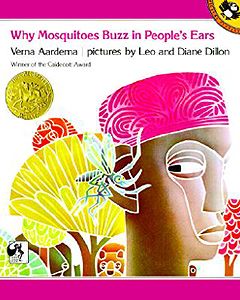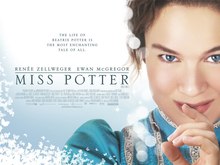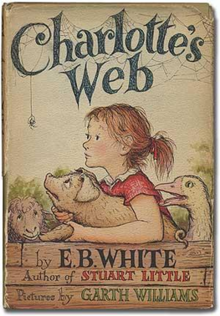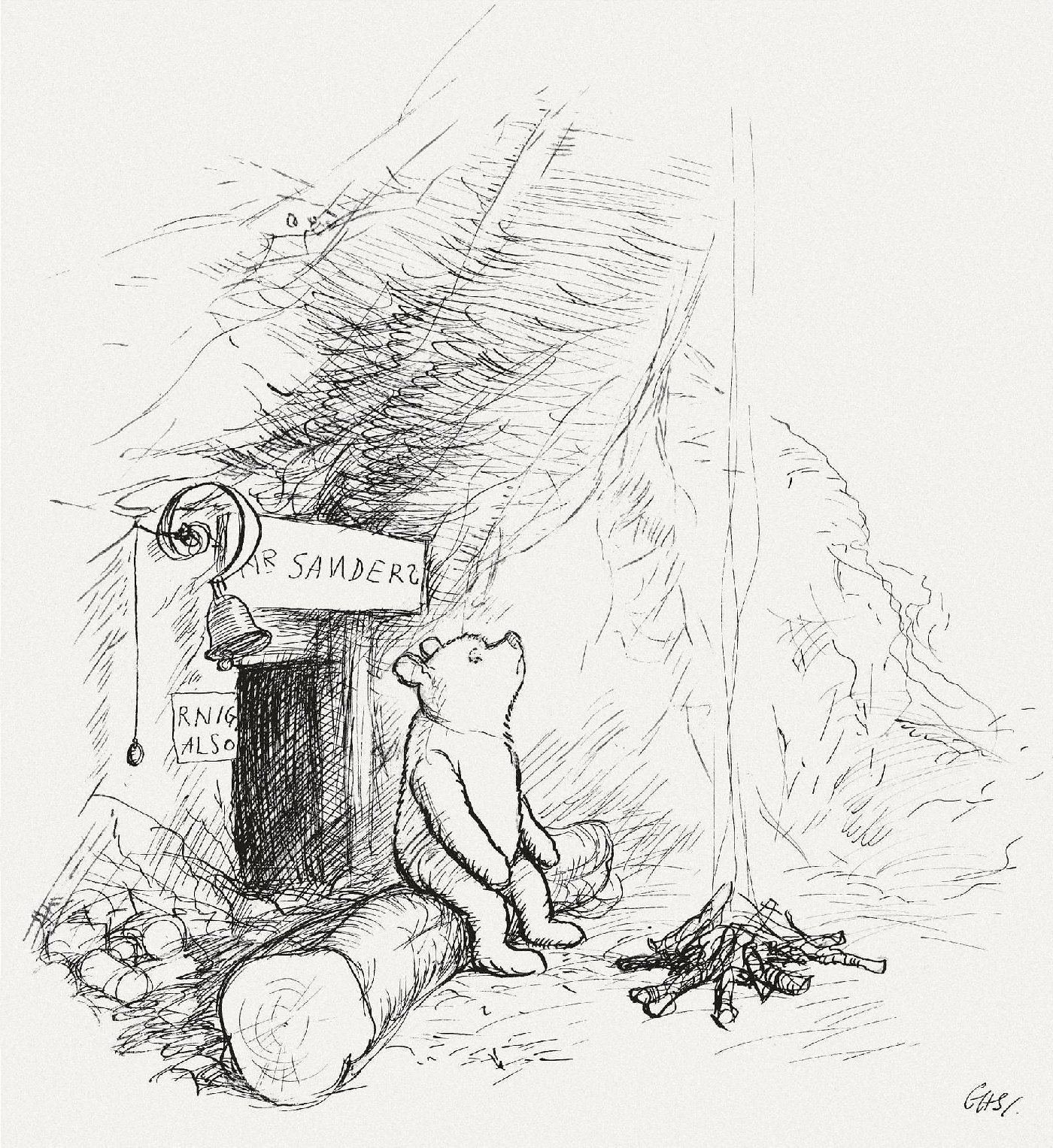Onomatopoeia:
Onomatopoeia is a word that phonetically imitates, resembles or
suggests the source of the sound that it describes. It refers to the property
of such words. For example,
there’re animal noises like ‘’oink’’, ‘’meow’’, ‘’roar’’ or ‘’chirp’’.
Nonsense:
Nonsense is a communication, via speech, writing, or any
other symbolic system, that lacks any coherent meaning. Many poets, novelists,
and songwriters have used nonsense in their works to illustrate a point about
language or reasoning. For instance, Noam Chomsky coined the phrase ‘’Colorless
green ideas sleep furiously’’.
Nursery rhymes
A nursery rhyme
is a traditional poem or song for young children in Britain and many other countries.
It has been argued to have hidden meanings and origins. For example, ‘’Baa, Baa, Black Sheep’’
supposed to originate from the period of slave trade and had a meaning that medieval
taxes were much lower.
Fantasy:
Fantasy is a genre of fiction that commonly uses magic and
other supernatural phenomena as a primary plot element, theme, or setting. It
comprises works by many writers, filmmakers, or others. For instance, Alice in Wonderland
and The Lord of the Rings are fantasy works.
Charles Perrault:
Charles Perrault was a 17th-century
French author. He laid the foundations for a new literary genre, the fairy
tale, with his works derived from pre-existing folk tales. For example, one of his
best known tales is Cinderella.
1. What is children's literature? Are there
certain specific characteristics detaching children’s literature from adult’s
books? If yes, what are they? If no, why are we here to study this subject?
Children's literature includes stories, books, magazines, and poems
that are enjoyed by children. I think there’re several characteristics
detaching children’s literature from adult’s book. First, books for younger
children tend to be written in simple language. While the adult’s book contain
much more words. Second, children’s literature uses large print, and have many
illustrations in contrary to the adult’s book rarely seen it. Finally, I think
children read books for funny, while adults read it can learn something
meaningful.
2. The climax is the high point of the story, where the culmination of
events creates the peak of the conflict. In the plot of narrative work, a resolution consists of
a series of events that follow the climax, and thus serves as the conclusion of
the story, even though not all stories have a resolution. Could you (1) relocate
where the climax of Charlotte's Web is and (2) analyze your resolution that (3) associated with the idea of
conflicts?
I think the climax of Charlotte’s Web is at the silent time Wilbur
resting after the ceremony with Charlotte. Because Wilbur start to ask Charlotte, ‘’Why did you do all this for me?’’ Furthermore, Wilbur is getting
to know that Charlotte, it’s brilliant, beautiful and loyal friend can’t go
back to the barn and would be dead in a day or two. I think the conflicts
include Wilbur’s mood from excitement and strain of the ceremony to shock and
unbelievable when knowing Charlotte can’t go back with him.
II.
We’ve watched an enchanting film, "Miss Potter," based on
the life of Beatrix Potter, the best-selling author of children's books of all
time, this semester before the midterm. One of the phrases that opens and ends
the whole movie is the voice of the title protagonist, “there's
something delicious about writing those first few words of a story. You can
never quite tell where they will take you. Mine took me here, where I belong.” Could you
paraphrase what that means in the context of your understanding of Miss
Potter’s works, life, as well as your life experience and expectation?
When we see Beatrix Potter’s
life, we know that Potter grew up isolated from other children in early life,
observing and painting the landscape when she spent holidays in Scotland and
Lack District, and she had many pets. With these factors, Potter published the
successful children’s book, The Tale of Peter Rabbit, starting her writing
life. I think she found passion in writing and also set up her belief, which
make her spend all her life in writing, enjoying writing and said that ‘’Mine
took me here, where I belong.’’
Mother Goose is an iconic figure in literature, associated with both fairy tales and nursery rhymes.
The modern American reader may be most familiar with the classic book of short
poems called The Real Mother Goose first published in 1916. Many of these poems
are well known adaptations of poems or songs for children, long predating the
publication of the book.
















